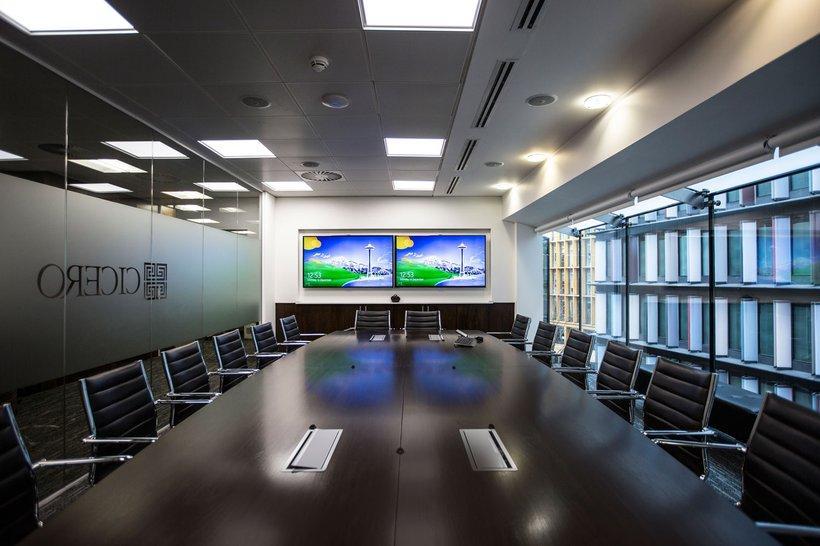How to Choose the Right AV Technology Solutions for Your Space

When I was tasked with upgrading our office’s AV setup, I thought it would be as simple as picking a screen, some speakers, and calling it a day. But it quickly became clear that not every space is created equal—and that choosing the right AV technology solutions requires understanding your team’s needs, your room’s layout, and how people actually use the space.
If you're planning an upgrade—or starting from scratch—here’s how to make sure you choose an AV setup that works for your environment now and adapts into the future.
Step 1: Understand the Purpose of the Space
Start by asking a simple but crucial question: What do we need this space to do?
For example:
-
A boardroom might need multi-participant video conferencing and wireless screen sharing
-
A training room could benefit from interactive displays and clear sound for large groups
-
A school classroom might prioritise simplicity and durability with touchscreens and voice amplification
-
A shared hot-desk space may require flexible connectivity options and personal AV kits
Each space has its own rhythm and requirements—and your AV solution should reflect that.
Step 2: Consider Room Size and Acoustics
It’s easy to overlook how much a room’s physical characteristics affect audio and visual performance. But trust me, a solution that works brilliantly in a small breakout room might fall flat in a large open-plan office.
Key factors to assess:
-
Room size and shape: Larger rooms often need more distributed audio and higher-lumen displays
-
Acoustics: Hard surfaces can cause echo; carpeted or treated rooms allow clearer sound
-
Lighting: Too much ambient light? Choose high-brightness screens and avoid reflective surfaces
The right setup accounts for these physical details, ensuring your investment performs as expected.
Step 3: Prioritise Usability
The most common reason people avoid using AV equipment? It’s confusing. I’ve seen high-end systems gather dust because no one knew how to operate them without calling IT.
Instead, choose solutions that:
-
Offer intuitive control panels or touch interfaces
-
Integrate with existing software like Microsoft Teams, Zoom, or Google Meet
-
Include automated startup/shutdown routines to reduce user input
-
Require minimal training to use confidently
Simple, user-friendly AV means less frustration—and more productivity.
Step 4: Think About Connectivity
We’ve all been there: scrambling for the right adapter five minutes before a big meeting. That’s why seamless connectivity is one of the biggest markers of a smart AV system.
Modern AV technology solutions should support:
-
Wireless casting from laptops, tablets, or phones
-
HDMI, USB-C, and legacy inputs for flexibility
-
Quick-switching between multiple devices without needing to restart anything
-
Integration with cloud tools for easy content access and collaboration
The more accessible the system is, the more it gets used—and the more value it brings.
Step 5: Plan for Scalability and Support
A good AV solution doesn’t just work today—it grows with you. Make sure the system you choose can adapt as your organisation changes.
Future-ready AV setups:
-
Allow for modular upgrades, like adding extra screens, mics, or inputs
-
Come with remote support and diagnostics so issues can be resolved quickly
-
Include vendor warranties and update plans that ensure longevity
Choosing a scalable system means you won’t need to start over the next time your needs evolve.
Final Word
The best AV technology solutions are the ones that fit your space—not just what looks good in a brochure. By thinking through your goals, room layout, and user needs, you’ll end up with a system that works now, adapts later, and makes collaboration easier every day. In my experience, getting this part right is what turns a room into a real asset.




